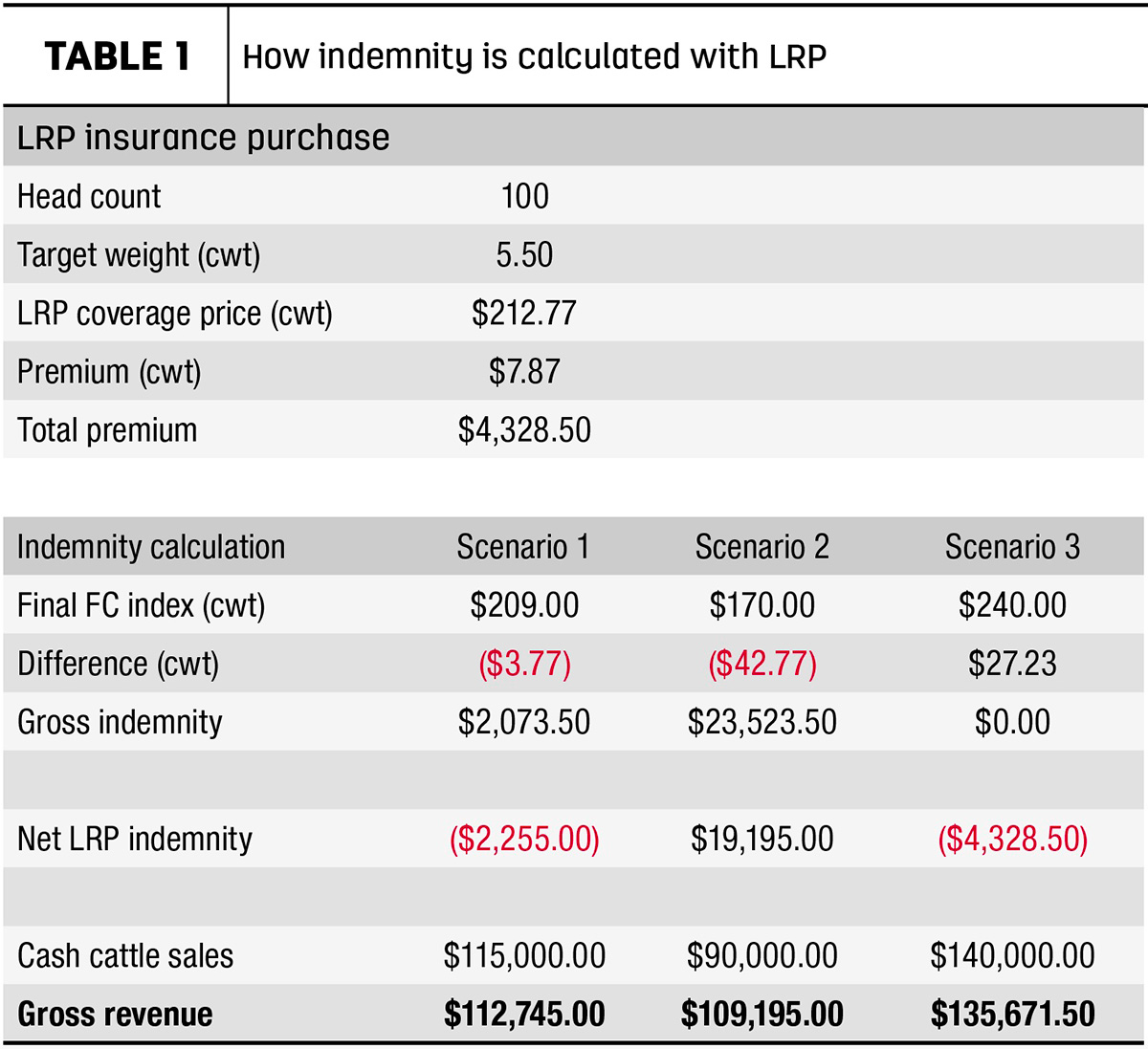Proactive Defense: Bagley Risk Management Methods
Proactive Defense: Bagley Risk Management Methods
Blog Article
Trick Elements to Consider When Picking Livestock Danger Security (LRP) Insurance
When evaluating choices for Animals Risk Security (LRP) insurance policy, several crucial variables require cautious factor to consider to ensure efficient threat management in the agricultural market. Picking the right coverage choices customized to your specific livestock procedure is extremely important, as is understanding just how premium costs associate with the degree of protection used.
Insurance Coverage Options
When considering Animals Threat Security (LRP) insurance coverage, it is vital to understand the various insurance coverage alternatives offered to reduce risks in the farming market. Animals Danger Protection (LRP) insurance uses various insurance coverage choices customized to satisfy the diverse demands of livestock manufacturers.
An additional crucial coverage alternative is the endorsement duration, which figures out the size of time the coverage holds. Producers can select the endorsement duration that best suits their manufacturing cycle and market conditions. In addition, protection degrees and rates differ based on the sort of livestock being insured, offering producers the adaptability to personalize their insurance intends according to their specific needs.
Understanding the various insurance coverage choices readily available under Livestock Danger Defense (LRP) insurance is crucial for producers to make enlightened decisions that efficiently shield their livestock procedures from market uncertainties.
Premium Prices

Livestock Threat Defense (LRP) insurance policy provides important coverage alternatives tailored to reduce threats in the farming industry, with a considerable aspect to take into consideration being the computation and structure of premium prices. These include the kind and number of livestock being insured, the insurance coverage level picked, the present market prices, historic price data, and the size of the protection period.
Premium expenses for LRP insurance are commonly computed based upon actuarial information and take the chance of analysis versions. Insurance firms evaluate historic data on livestock prices and manufacturing prices to establish a proper premium that shows the level of threat involved. It is essential for animals producers to carefully evaluate premium costs and coverage alternatives to guarantee they are effectively protected against possible financial losses because of negative market problems or unexpected events. By recognizing just how premium expenses are computed and structured, manufacturers can make informed decisions when choosing the appropriate LRP insurance coverage for their procedure.
Qualified Livestock
The resolution of qualified animals for Animals Risk Defense (LRP) insurance protection involves cautious factor to consider of particular requirements and characteristics. Animals types that are commonly qualified for LRP insurance policy consist of feeder livestock, fed lambs, livestock, and swine. These animals need to fulfill particular qualifications related to weight varieties, age, and planned use. Additionally, the eligibility of animals may vary based upon the certain insurance coverage supplier and the terms of the plan.
Feeder livestock, for example, are generally qualified for LRP protection if they fall within defined weight varieties. Lambs are one more group of animals that can be thought about for LRP insurance policy, with factors such as weight and age playing a critical role in establishing their qualification.
Prior to choosing LRP insurance policy for animals, producers ought to very carefully examine the qualification criteria described by the insurance coverage service provider to ensure their animals satisfy the needed needs for insurance coverage.
Plan Flexibility
Plan flexibility in Animals Risk Defense (LRP) insurance look at more info policy allows manufacturers to customize protection to match their particular demands and risk monitoring strategies. This versatility encourages livestock manufacturers to customize their insurance coverage plans based on factors such as the go to my site kind of animals they own, market conditions, and specific risk tolerance degrees. By offering personalized choices, LRP insurance allows manufacturers to successfully handle their risk exposure while securing their animals operations against unexpected market volatility.
Cases Refine
Upon experiencing a loss or damage, producers can initiate the insurance claims procedure for their Animals Threat Defense (LRP) insurance by promptly contacting their insurance coverage provider. It is essential for producers to report the loss asap to quicken the cases process. When connecting to the insurance service provider, producers will require to give thorough details concerning the incident, including the date, nature of the loss, and any relevant documentation such as vet documents or market rates.

After the analysis is complete, the insurance coverage provider will decide regarding the insurance claim and interact the end result to the producer. The manufacturer will certainly obtain compensation according to the terms of their Livestock Risk Security (LRP) insurance coverage plan if the case is approved. It is vital for manufacturers to be acquainted with the cases process to guarantee a smooth experience in the event of a loss

Conclusion
To conclude, when selecting Livestock Threat Protection (LRP) insurance policy, it is important to consider coverage options, premium prices, qualified livestock, policy versatility, and the claims procedure. These crucial aspects will aid make certain that breeders and farmers are sufficiently protected versus prospective risks and losses connected with their livestock procedures. Making an educated decision based upon these considerations can inevitably cause better economic safety and assurance for animals producers.
Animals Danger Defense (LRP) insurance coverage offers different coverage choices customized to satisfy the varied requirements of animals producers.The resolution of eligible livestock for Animals Risk Defense (LRP) insurance coverage entails careful factor to consider of specific requirements and characteristics.Plan adaptability in Livestock Danger Defense (LRP) insurance coverage permits producers to tailor insurance coverage to suit their certain demands and risk monitoring strategies.Upon experiencing a loss or damage, manufacturers can launch the claims process for their Animals Threat Protection (LRP) insurance coverage by promptly contacting their insurance policy service provider.In final thought, when picking Animals Risk Protection (LRP) insurance coverage, it is essential to think about insurance coverage options, premium costs, qualified animals, plan adaptability, and the claims process.
Report this page